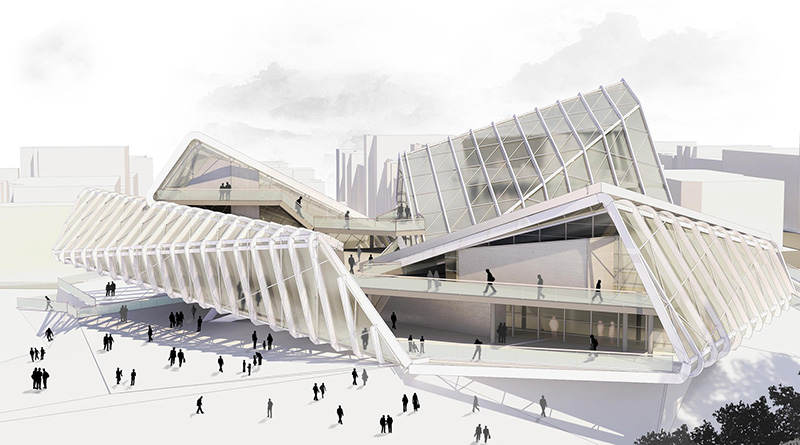Insight into Feasibility
By Scott Heywood
An accurate feasibility study makes it possible to support a facilities group request for the funding of a new project with clarity and confidence. A solid feasibility study will not only show what needs to be done, but also how it can be done within a precise time frame and within a well-researched cost estimate. The feasibility study empowers a facilities team to be as knowledgeable and persuasive as possible before presenting to decision makers.
People + Access + End Users
One of the significant contributors to a successful study is quickly assembling accurate information from the right sources and places.
Coordinate with facilities leadership.To acquire information, begin with the facilities leadership. For example, the University of Alabama at Birmingham has a group that manages resources at buildings. They have drawings for all buildings, so an associate can pull together all the information they have and make it accessible through an FTP site.

Photo Credit: Ghafari
Access is everything. Sometimes, simply gaining access to parts of a building can be really challenging because buildings, like hospitals, are being used constantly. Concerns about infection control can compound the challenge. As an example, a nursing unit might not allow a project team to remove ceiling tiles to inspect the service connections and ductwork. A facilities group can never accept that a project team has assumed what is behind a locked door. Collaborating with a maintenance person who has all necessary keys, cards, or codes can ultimately determine the effectiveness of a site visit.
Request schedules and legends. These should be requested for not only plumbing but also mechanical. A project team will normally get the ductwork layouts from the facilities group automatically, but a project team may need to request diagrams for the equipment room that show where the ducts are originating from outside the area of the project’s scope. Request mechanical sheets as most have air balance tables describing outside air and flow requirements. If documentation is difficult to capture, one option project teams can offer is creating 3D files of the existing space with laser scanning.
Invaluable end-user insight. Develop a good methodology for speaking with end users so that the project can address what they need in coordination with the objectives of the facilities team. A quality feasibility study carefully considers and synthesizes both perspectives.
Project Control & Communication
Project teams with longstanding experience anticipate that it usually takes special effort to get maintenance involved in the process. Owners and facilities groups are hesitant to ask maintenance to make room in their schedules for the team meeting. If a project team does not offer leadership with their involvement, the maintenance staff’s invaluable input can be missed, compromising the effectiveness of the study.
Owners and facilities groups should expect project teams to reference past projects for cost bench marking. Start with raw cost per square foot and multiply that by the proposed area. When a team calculates the overall cost, look at other historical costs for other projects. Good project teams have the ability to generate industry standards quickly, benchmarking numbers and a space program for the owner and facilities group.
Scott Heywood, AIA, LEED AP, is a director at Ghafari’s Birmingham, Ala. office, and can be reached at sheywood@ghafari.com

